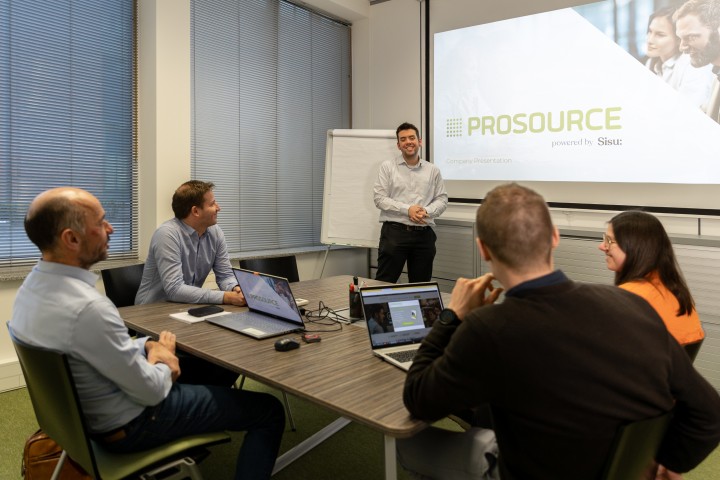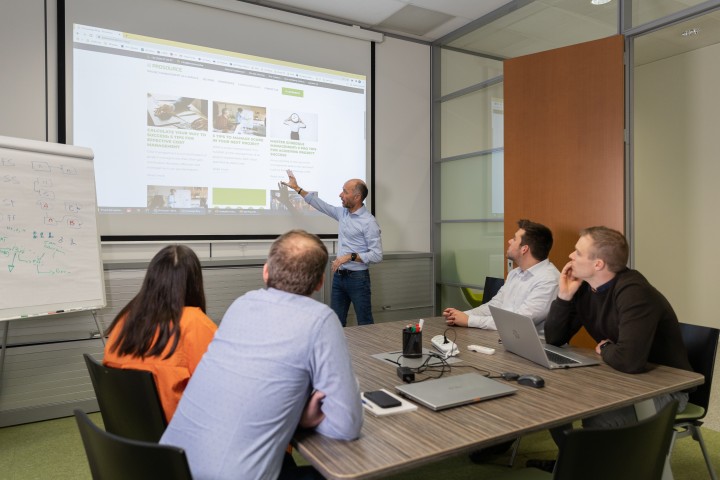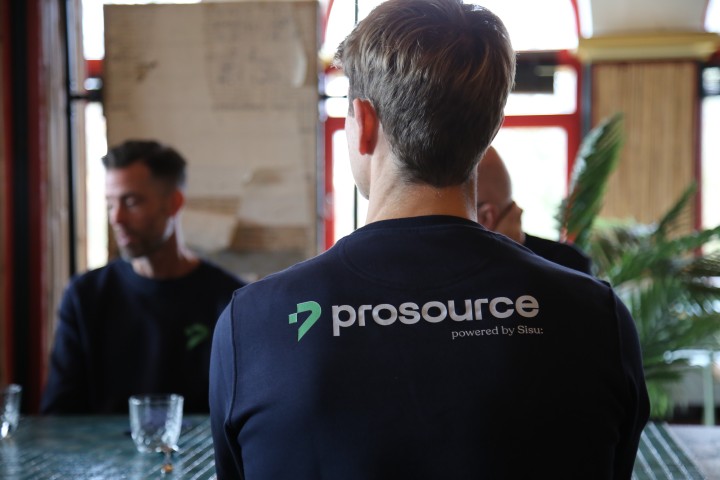Calculate Your Way To Success: 5 Tips For Effective Cost Management
-
Insight
-
Project Management
Cost management is a crucial aspect of project management that often gets overlooked. However, effective cost management can greatly impact the success of a project.
3 reasons why Cost Management is crucial
- It ensures that all resources are accounted for and that the project stays within budget.
- It helps to identify and manage risks, ensuring that the project stays on track.
- It helps to provide clear expectations for stakeholders and establish a basis for comparison to actual cost.
Together with managing scope and schedule, these elements are considered the “triple constraint.”
In this blog post we’re giving you 5 pro tips to stay on top of your costs.
Whether you’re a seasoned project manager or just starting out, these tips will help you to effectively manage cost in your projects.
TIP #1: Cost completeness
When it comes to cost, it’s important to take into account the cost of all resources involved in the project, such as:
- Labor (both internal and external)
- Materials
- Equipment
- Services
- Facilities
- Inflation allowance
- Cost of financing
- Contingency
- Etc..
Make sure that these are all included in the cost management plan.
TIP #2: Use the right technique to estimate cost
Choosing the appropriate cost-estimating technique is crucial in determining the cost of your project. Tailored to meet the needs of your specific project, the most commonly used methods include:
- Expert judgement
- Analogous estimating: use the actual cost of previous similar projects and take into account the differences and the lessons learned
-
Parametric estimating: often a statistical relationship between the units of value, and based on historical and economic prices:
E.g. 100 € per m2 floor => 10m2 = 1.000 Euro-> Bottom-up estimating: used when you add up the estimates of the individual work packages or scheduled activities
-> 3-point estimating: combines the Pessimistic, Most likely and Optimistic estimates, divided by 3: (P+M+O)/3
-> The PERT (a 3-point estimating technique) does the same but gives more weight to the Most likely.
Expected Value = (P + 4xM +O)/6
In Agile projects, the budget estimation is often based on the project’s length of time.
Stories (read more about this in our schedule management blog) for the upcoming sprints are rated based on their complexity via the Poker Planning technique, based on the available expert knowledge, riskiness, complexity, etc. of the story.
TIP #3: Pay attention to reserves
To handle the uncertainties and risks associated with the change projects often initiate, it’s important to set aside reserves for cost management. These reserves can help cover any unforeseen costs. The following are the most commonly used reserves to address cost uncertainty:
- Contingency reserve
· attributed to identified project risks (known-unknowns)
· included in the cost baseline - Management reserve
· to address unforeseen risks (unknown-unknowns)
· not included in the cost baseline
· included in the project budget
A golden rule is never to integrate a buffer or reserve in every activity or work package. It will blow up your cost baseline and ensure complete non-transparency.
TIP #4: Baseline your costs
In traditional project management, it is key to baseline your cost. Baselining gives clear expectations towards your stakeholders on what your project team will deliver at what cost.
The cost baseline is…
- the approved version of the time-phased budget and excludes any management reserve
- used as a basis for comparison with the actual cost (eg. Commitments, POs, Invoices, Time-sheets,..) in order to be able to report on variances
-
also known as ‘Performance Measurement Baseline (PMB)’ or as ‘S-curve’
Re-baseline your cost if change requests are approved.
Another way to track performance is burn rates.
Burn rates are a measure used in Agile projects to track the speed at which the team is completing tasks. The burn rate takes into account
- the number of team members
- their blended or actual hourly rates
- the time each member is involved in the project.
The velocity of the team is then reflected on a burn-down or burn-up chart to show the cadence of completing stories.
TIP #5: Ensure good cost governance
To ensure effective cost management, it is crucial to establish clear guidelines for approving the budget and any changes to the baseline. Thresholds should be set for authorized project team members to approve changes.
An independent and unbiased Change Control Board that oversees all ongoing projects within the company or business unit is recommended to assess the impact of a cost overshoot in a project.
Ensure that any cost variance is escalated in a timely manner and maintain an accurate cost overview of the project at all times.
Cost management, the way to success
Cost management is a crucial aspect of successful project management. It is important to understand the various techniques and processes involved in managing project costs effectively. By taking the time to plan and control costs, project managers can ensure the success of their projects and avoid common pitfalls.




























